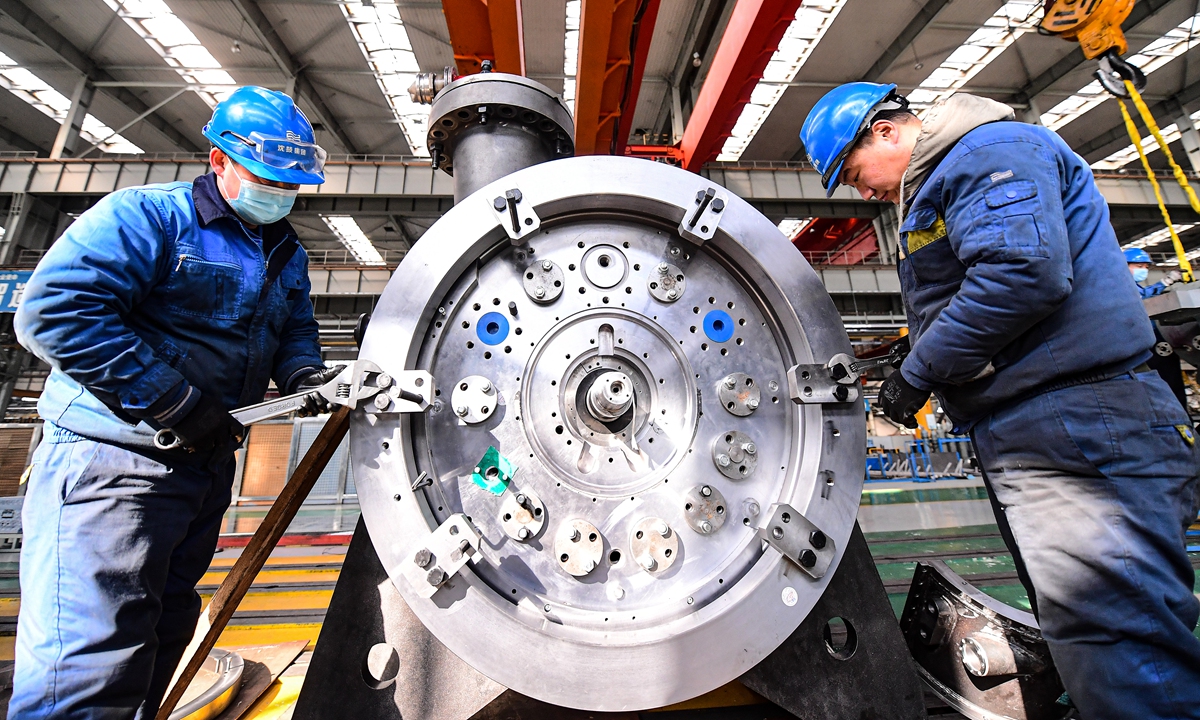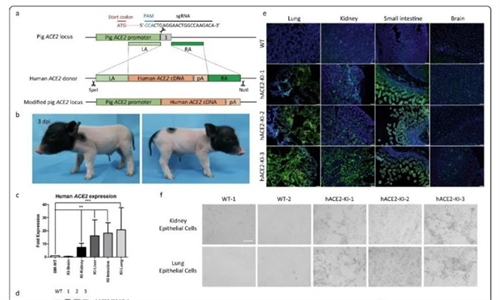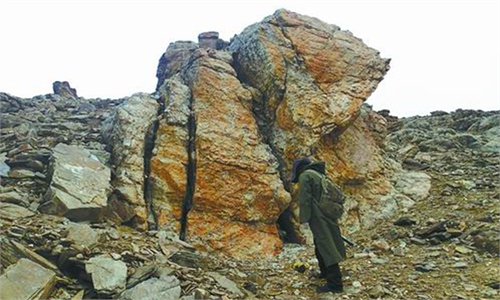China’s basic research spending rises to 6.09% of entire R&D expenditure in 2021, a step closer to 2025 goal of 8%

Photo:VCG
China's basic research spending hit 169.6 billion yuan ($26.84 billion) in 2021, accounting for 6.09 percent of the country's entire research and development expenditure, data from the Ministry of Science and Technology showed Friday, as the country inches closer to achieving its goal of increasing the ratio to over 8 percent by 2025 as part of a broader push to accelerate its technological rise.
A policy framework spanning the whole process of scientific research has been established, with a two-pronged development path to basic research exploration that is both free exploration-motivated and target-oriented, He Defang, deputy secretary-general of the ministry said at a press conference in Beijing while disclosing the reading for basic research outlays.
With scientific questions refined based on the country's major demand, and strengthened reforms of the national natural science foundation, the policy framework supports basic research, application research and the conversion of research results, He stated.
The country's basis research spending rose by 15.6 percent to 169.6 billion yuan, or 6.09 percent of its total R&D commitments, up 0.08 percentage points from the year before, according to official data.
The basic research outlays as a percentage of total R&D spending exceeded 6 percent for the first time in 2020, after hovering around 5 percent for multiple years.
Moreover, the country's whole-of-society R&D spending grew by 14.2 percent year-on-year to 2.79 trillion yuan in 2021 over the past year, with R&D intensity hitting 2.44 percent, Minister of Science and Technology Wang Zhigang told the same media briefing, adding that the national innovation capacity ranking rose to No.12 globally, enabling a stellar start to the 14th Five-Year Plan (2021-25) .
The country has set a target of having its basic research spending account for over 8 percent of total R&D expenses by the end of the 14th Five-Year Plan.
Also among the Friday briefing's key takeaways were a slew of numbers that speak to the country's marked progress on sci-tech innovations.
National high-tech zones where a raft of world-class industrial clusters have been nurtured are home to roughly one-third of the country's high-tech firms, according to Vice Minister of Science and Technology Shao Xinyu, noting that these zones have shown strong risk resistance capacity.
In 2021, 169 national high-tech zones posted over 48 trillion yuan in full-year operating income, an increase of about 12 percent from the prior year, and their profits combined jumped roughly 17 percent to 4.2 trillion yuan, Shao said, citing preliminary figures.
National high-tech zones, covering 0.1 percent of the country's land area, generate about 13% of GDP, he revealed.
In a sign of the business community's investment in research, Shao disclosed, businesses expand outside their home turf at a faster face, having set up 2,000-plus research institutions overseas.
In addition, over 200 sci-tech achievements were used to support the Beijing Winter Olympics, Wang said.
The minister vowed even wider sci-tech opening. According to him, China has carried out joint research on medicine, vaccines and testing with 17 countries including the US, the UK, Malaysia and South Africa, while deepening sci-tech innovation partnerships with economies along the route of the Belt and Road Initiative.
Global Times


